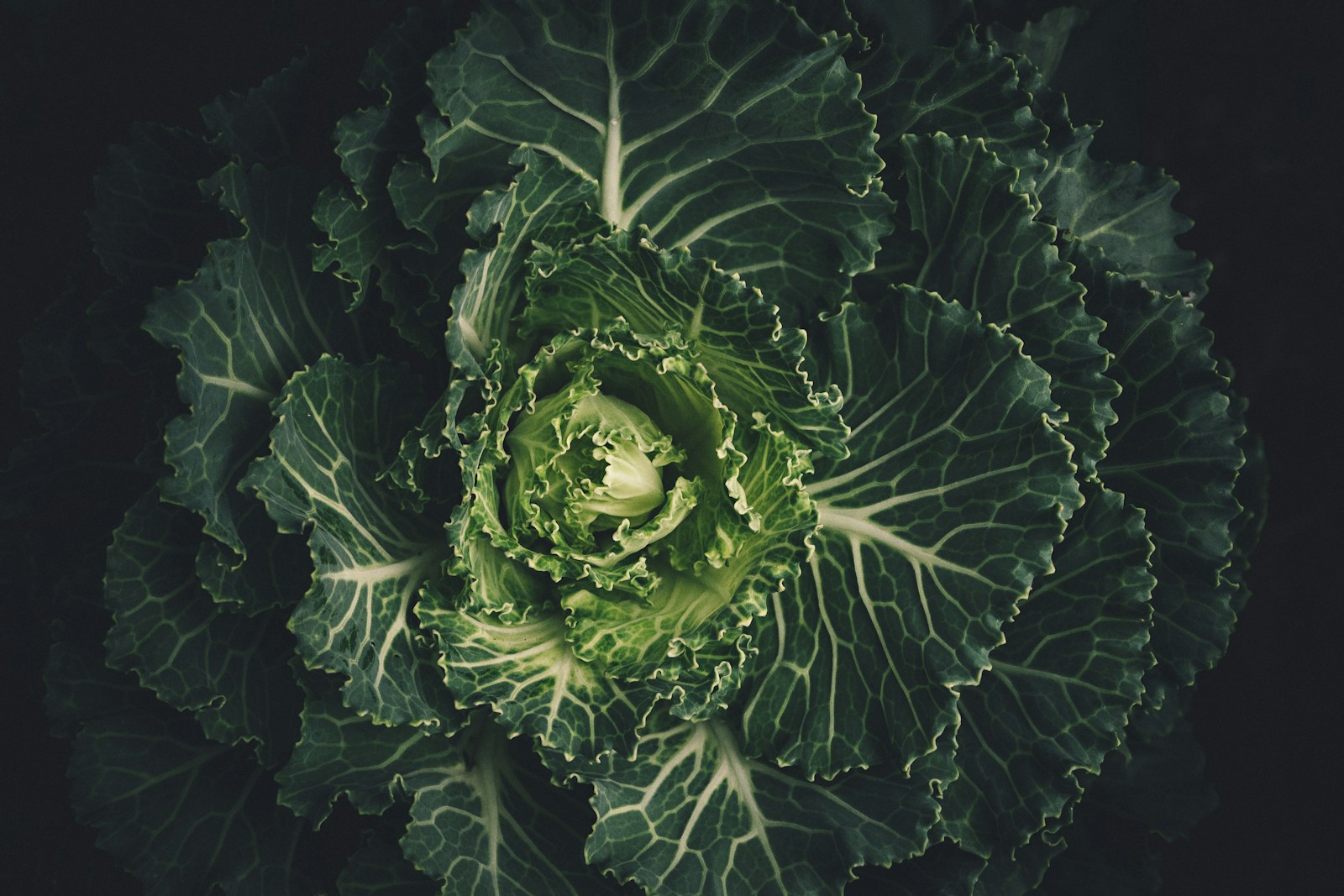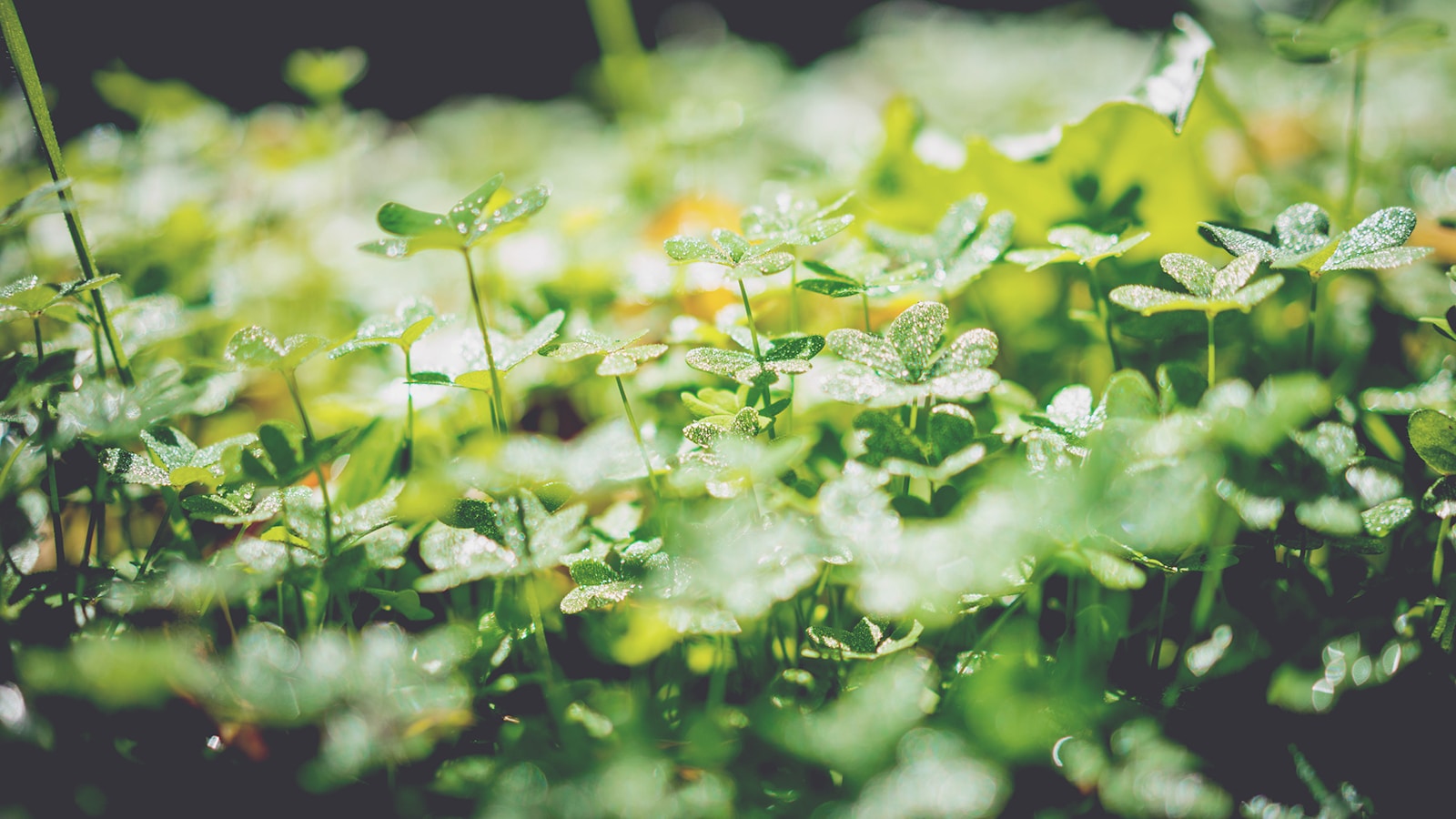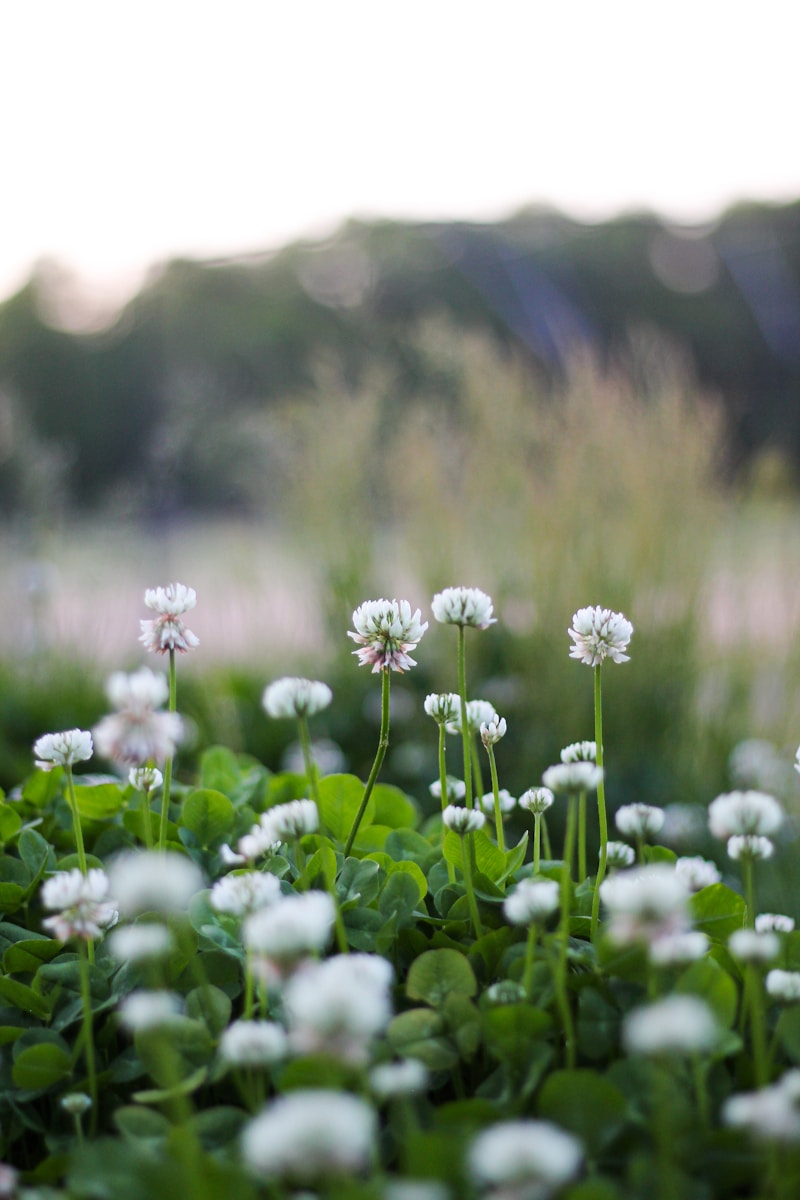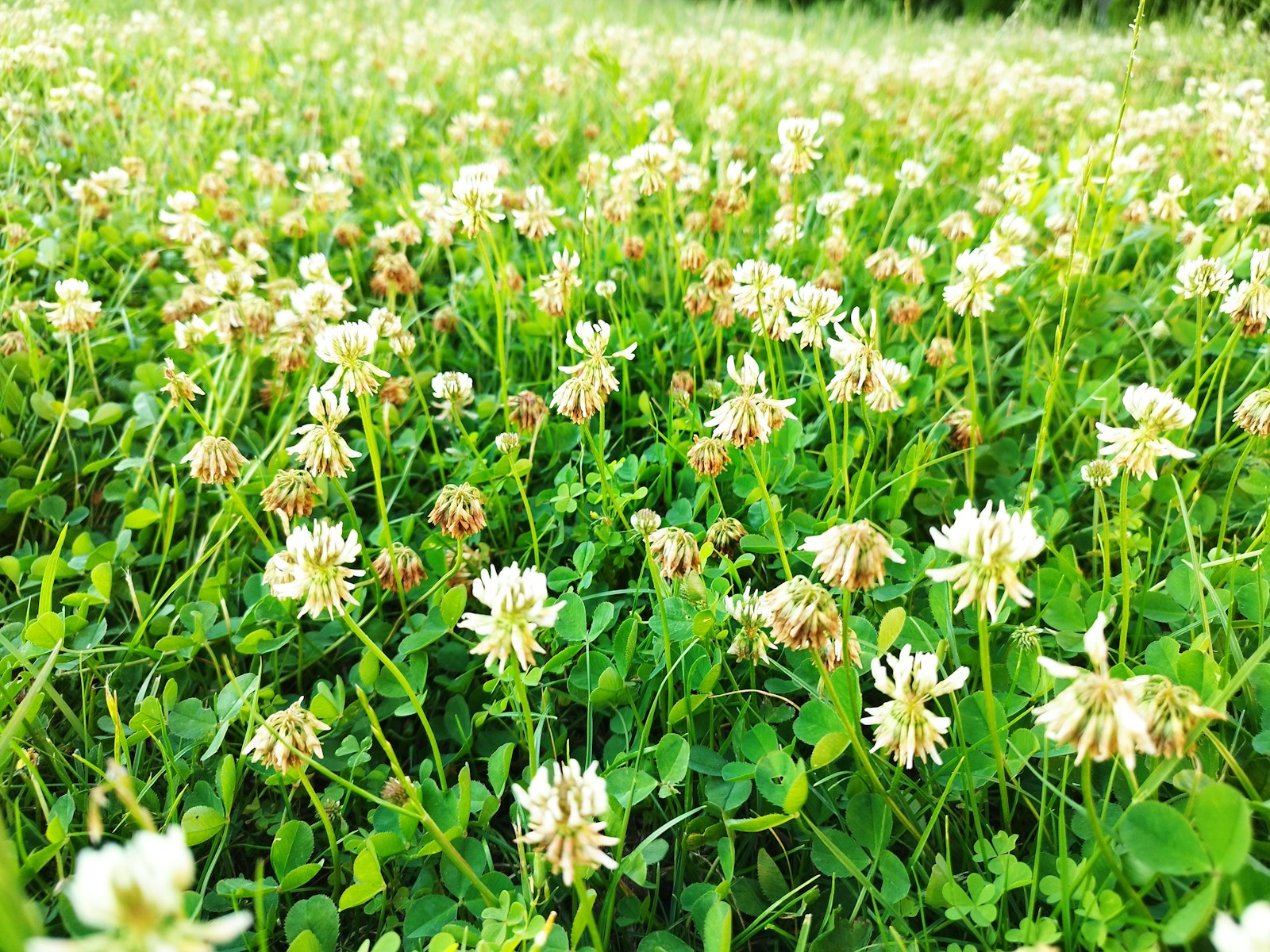Growing vegetables in shady areas can be a challenge, but with the right choices, you can still enjoy a productive harvest. Whether your garden is partially shaded by trees, buildings, or other structures, selecting the best vegetables for shade ensures that you make the most of your available space. In this article, we’ll explore the top shade-tolerant vegetables and provide tips to help them thrive.
A few years ago, I struggled to grow vegetables in my backyard due to the limited sunlight caused by surrounding trees. After experimenting with different varieties, I found several vegetables that not only survived but flourished in partial shade. Let’s dive into the best options for shady gardens.
1. Lettuce
Lettuce is one of the best vegetables for shade, thriving in cooler temperatures and lower light levels.
How to use:
- Choose loose-leaf varieties for quicker harvests.
- Keep soil consistently moist for tender leaves.
2. Spinach
Spinach is another leafy green that performs well in shady conditions, making it perfect for partially shaded garden beds.
How to use:
- Plant in early spring or late summer to avoid heat stress.
- Harvest leaves frequently to encourage continuous growth.
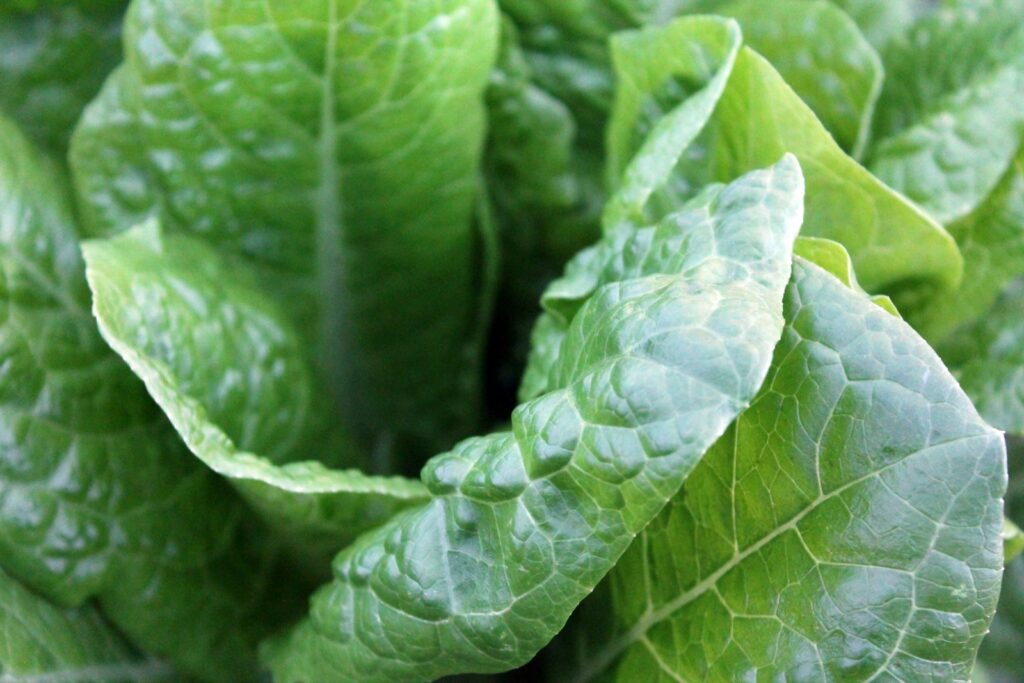
3. Kale
Kale is a hardy vegetable that tolerates partial shade while providing nutrient-rich leaves for months.
How to use:
- Space plants to allow good air circulation.
- Mulch around the base to retain moisture.
4. Swiss Chard
Swiss chard adds a pop of color to the garden with its vibrant stems and thrives in shadier spots.
How to use:
- Harvest outer leaves first for ongoing production.
- Use well-draining soil to prevent root rot.
5. Beets
Beets can tolerate light shade and still produce flavorful roots, while their greens are also edible.
How to use:
- Thin seedlings to promote larger root development.
- Keep soil evenly moist to prevent cracking.
6. Carrots
Carrots do well in partial shade, though they may take longer to mature compared to full sun conditions.
How to use:
- Choose shorter varieties for quicker growth.
- Avoid heavy soils that can impede root development.
7. Radishes
Radishes grow quickly and can tolerate lower light levels, making them ideal for shaded gardens.
How to use:
- Sow seeds every few weeks for a continuous harvest.
- Keep soil loose to encourage uniform growth.
Tips for Growing Vegetables in Shade
- Optimize Soil Quality: Use nutrient-rich compost to support growth.
- Maximize Available Light: Position plants where they can receive the most daylight hours.
- Choose Shade-Tolerant Varieties: Look for vegetable types specifically bred for lower light conditions.
- Monitor Moisture Levels: Shaded areas retain moisture longer, so adjust watering accordingly.
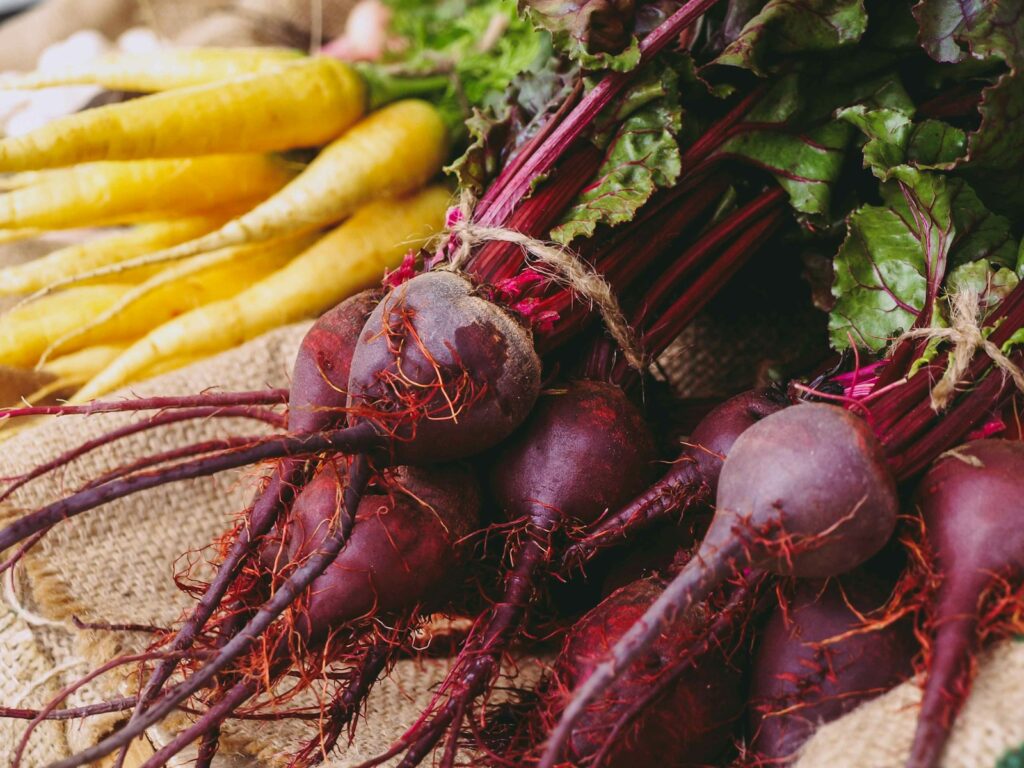
Final Thoughts
Choosing the best vegetables for shade can help you make the most of your garden, even in low-light conditions. Whether you plant leafy greens like spinach or root vegetables such as beets, shade-tolerant vegetables can provide a bountiful harvest with the right care.
